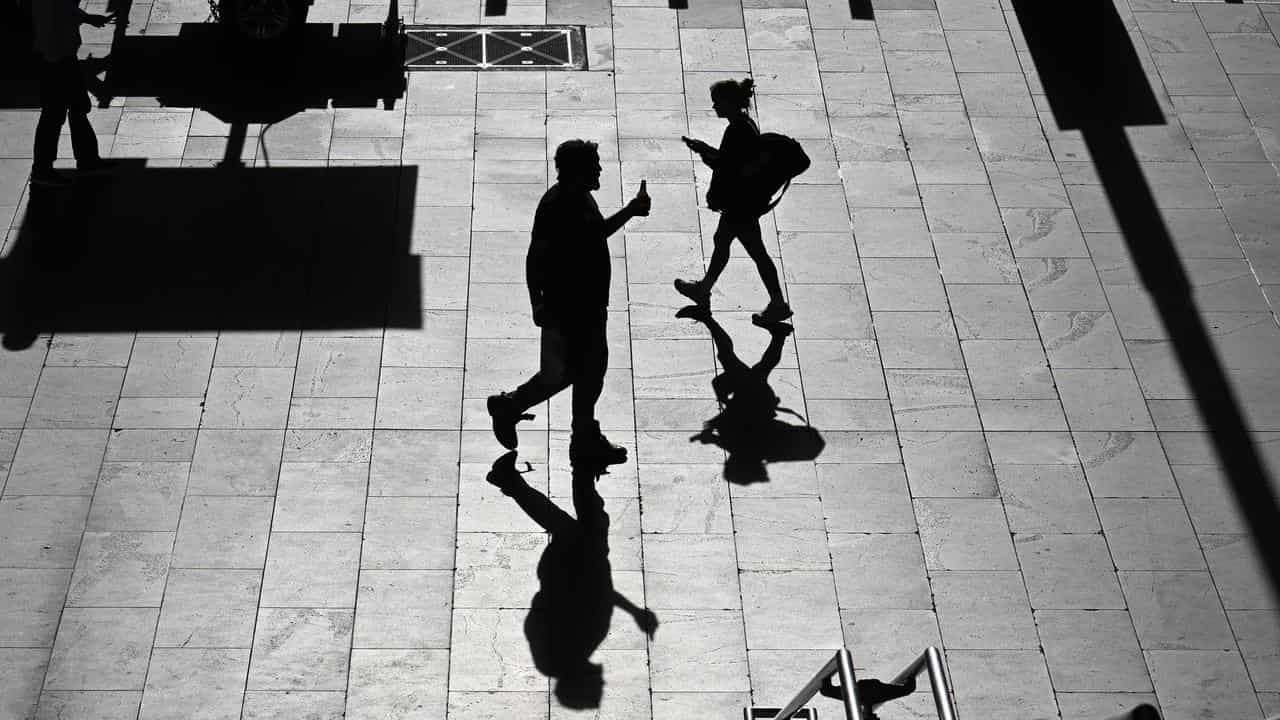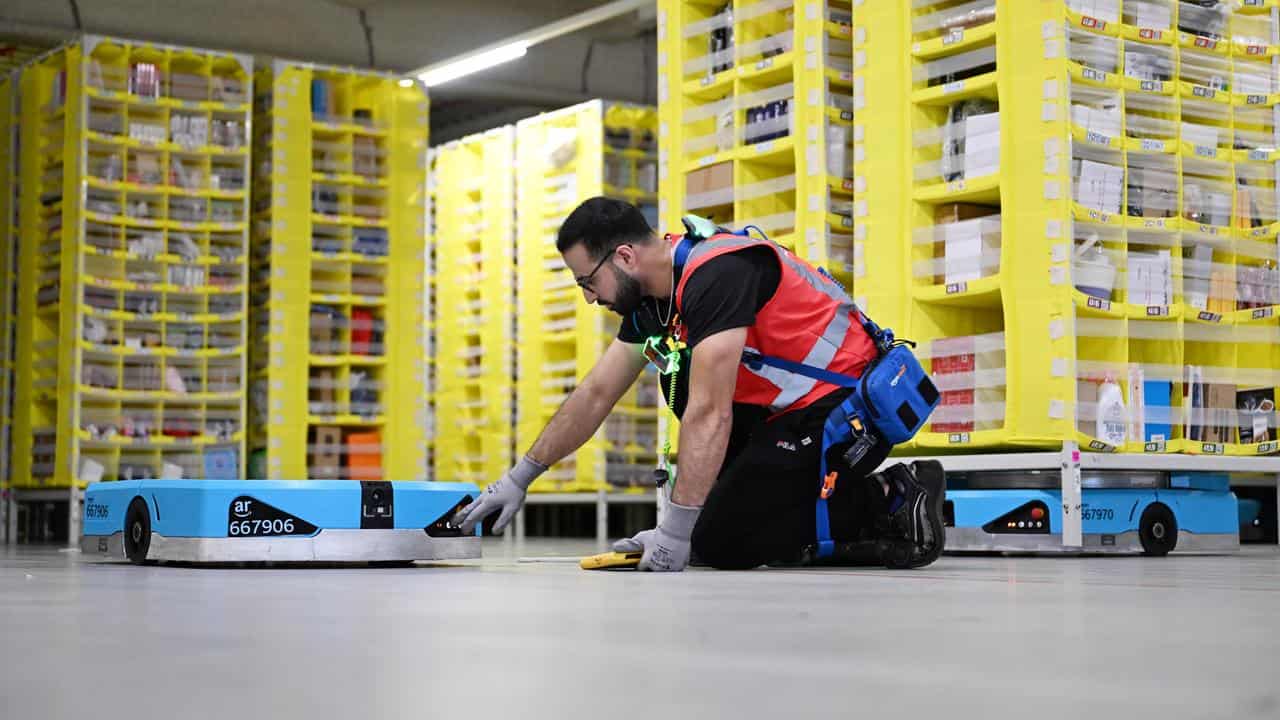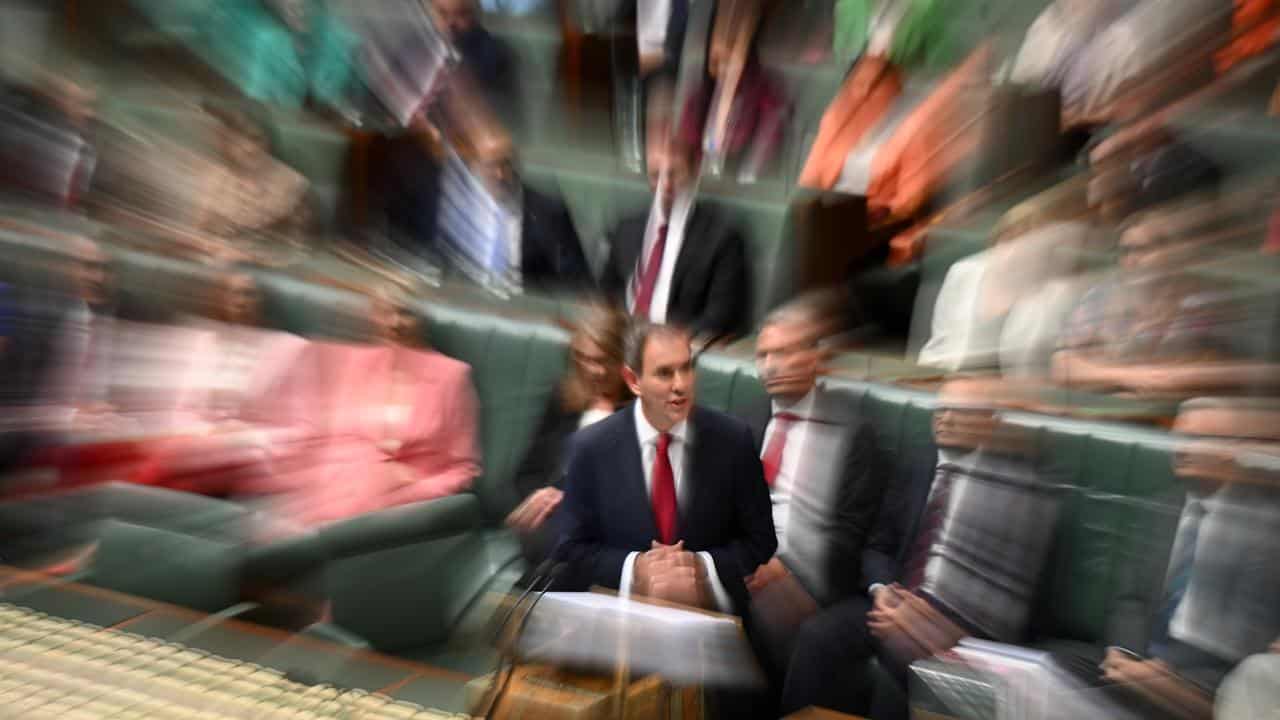
Australians are working more and making less.
With a federal election expected to be called on Friday, whoever forms government in May is being urged to provide a solution to the nation's long-term productivity dilemma.
Labour productivity - the amount of goods and services produced per each hour worked - slumped 1.2 per cent in 2024, the Productivity Commission's latest quarterly bulletin shows.
After a brief COVID-19 spike, Australia has returned to the stagnant productivity levels experienced in the latter part of last decade, said deputy chair Alex Robson.
"The real issue is that Australia's labour productivity has not significantly improved in over 10 years," Dr Robson said.
"With global policy uncertainty again on the rise, addressing productivity directly via targeted reforms will be the best way to sustainably boost Australians’ living standards."

In the long run, productivity growth is the main driver of living standards in an economy.
If current negative growth rates persist, Australia's economic prosperity will evaporate.
Bullish projections in Tuesday's federal budget assume a strong pick-up in productivity growth to 1.2 per cent long-term but the fiscal blueprint provided little in terms of productivity-enhancing reform, said HSBC chief economist Paul Bloxham.
"The primary challenge in this budget, which is largely unaddressed by policy measures, is that the budget remains in structural deficit," he said.
The budget baked in higher ongoing public spending and protectionist "made in Australia" policies, which risked weakening productivity, AMP chief economist Shane Oliver said.
"This needs urgent reform in terms of tax, competition, the non-market services sector, industrial relations and energy generation," he said.
Still, the government showed some appetite for incremental productivity reform by pledging to ban non-compete clauses for low- and middle-income workers.
That will make it easier to start a business because entrepreneurs need to be able to hire workers from other firms to get a start-up off the ground.
"The economic evidence is extremely clear that banning non-competes is a positive move but it's modest," George Washington University professor Steven Hamilton told AAP.

A national licensing scheme for electricians announced in the budget would also boost productivity by allowing tradies to work more freely across jurisdictions, Treasurer Jim Chalmers said in a speech to the National Press Club.
"We’re proud of these changes because they show the way to increase competition and productivity in our economy isn’t with scorched-earth industrial relations or making Australians work longer for less," he said.
"It’s with policy that boosts competition, while boosting wages and our workforce at the same time."
Labor's tax cuts, reducing the lowest tax rate from 16 per cent to 14 per cent over two years, would also provide a modest but reasonable boost to the economy, Prof Hamilton said.
"A lot of little policies can actually add up to something meaningful, so that's not to be sniffed at," he said.
"But neither party is offering any policy that offers a significant increase in our economic performance."
The coalition has promised to bring the budget back to surplus by increasing economic growth faster than government spending but has outlined few productivity-boosting policies, other than cutting regulation and changing industrial relations laws.
"You go to an election with policies, not outcomes that you hope to achieve without laying out the policies to achieve them," Prof Hamilton said.




